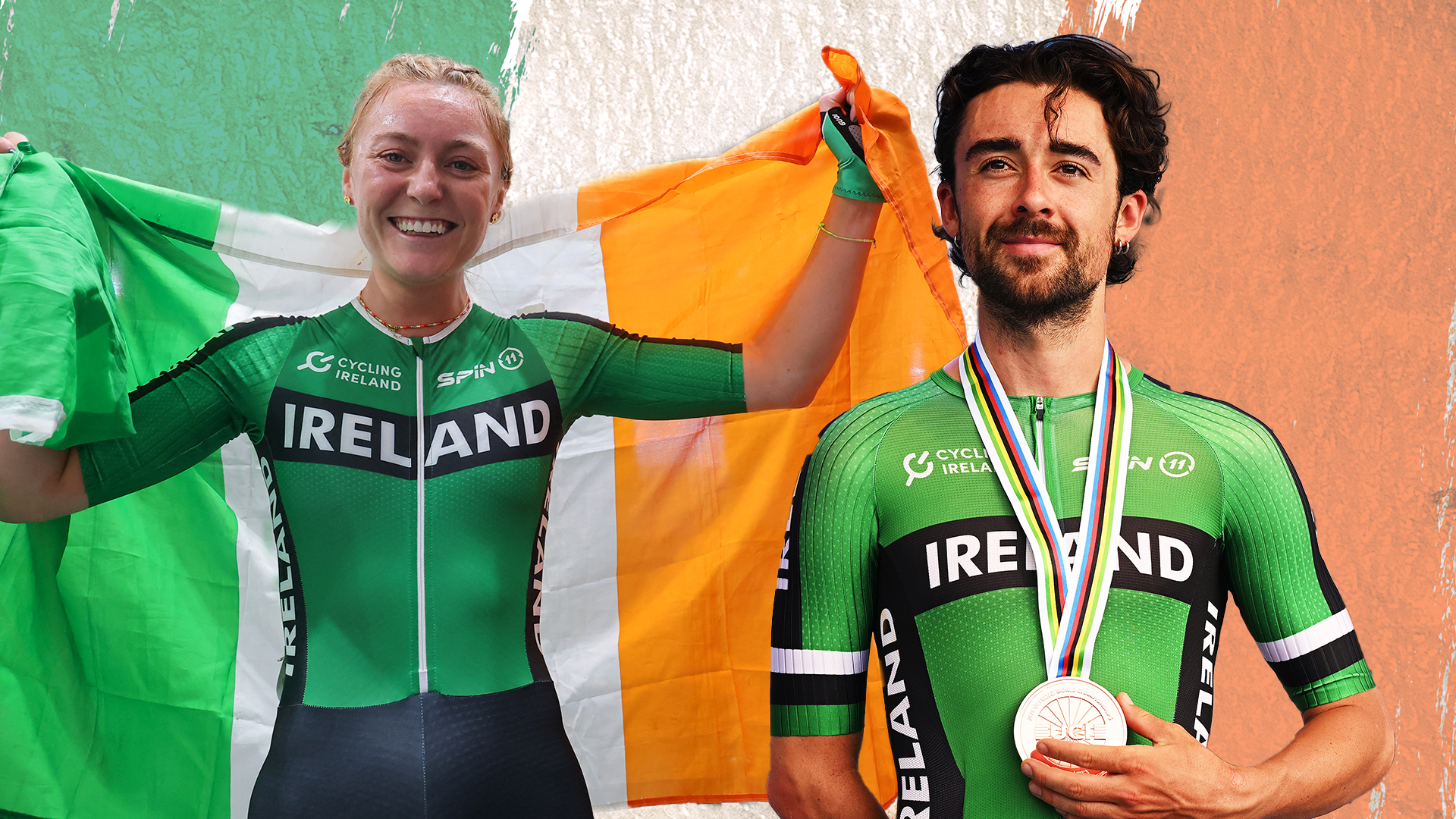Are anti-doping authorities "winning the game"?
Dopers find less advantage in age of cooperation
In the hours after the news of Riccardo Riccò's failed doping control, ASO president Patrice Clerc declared that this news, and the positive tests of Manuel Beltran and Moises Duenas serve as proof that the anti-doping authorities are beginning to "win the game". Yet the number of doping cases has nearly equalled that of last year's Tour - how is the game being won?
After last year's Tour fiasco, where the leader of the race, Michael Rasmussen, was removed for lying to anti-doping authorities about his whereabouts prior to the Tour, and prominent riders Alexandre Vinokourov and his teammate Andrey Kashechkin were declared positive for blood transfusions, the riders must have been prepared for stricter doping tests.
Several teams, Team Columbia, CSC-Saxo Bank and Garmin-Chipotle have instituted strict anti-doping programs in addition to the normal testing, and the UCI has stepped up its game by instituting the so-called biological passport. Both the team programs and the UCI's passport use a process known as 'longitudinal testing' to look at a rider's blood values over time. In this way, the tests can detect the effects of doping, rather than having to rely on testing for specific drugs.
Using this method, it was thought that the testers could stay ahead of the cheats by being able to detect doping by looking for fluctuations in a rider's haematocrit, or the volume of red blood cells in a rider's blood. Red blood cells carry oxygen from the lungs to the rest of the body, something that is very important for a cyclist.
EPO, or Erythropoietin, is a natural protein hormone which stimulates red blood cell production, and riders took to using the synthetic versions of the hormone in the 1990's as a means to improve oxygen carrying capacity. This allowed a significant performance boost, but anti-doping authorities only developed a test for the synthetic EPO in advance of the 2000 Olympic Games. Until then, and even now, riders are checked for haematocrit, and are held to a limit of 50% (the normal range is between 34-48% for men).
Some riders can have a naturally high haematocrit value, and can show the UCI a history of their blood values and be given a certificate which allows them to escape the normal 14-day stop for too-high values. Ironically, Riccó has such a certificate, and has claimed to have had a high haematocrit since he was young.
Why Mircera?
The latest race content, interviews, features, reviews and expert buying guides, direct to your inbox!
The first generation of EPO drugs such as Epogen and Procrit were made by pharmaceutical companies by putting the human gene for EPO into animal cell cultures. The animal cells changed the protein in a way that made it distinguishable from the body's normal EPO, allowing anti-doping experts to easily detect it. Second generation drugs like Dynepo were manufactured in human cells, making the process more difficult.
With both first and second generation drugs, the injectable hormone was used up by the body very quickly, disappearing from the system in a matter of hours or days. The effect of the drug would not be seen in mature red blood cells for several weeks, so testing at a race was unlikely to uncover its use. Once the use of the drug was stopped, a rider's haematocrit would fall back to normal over time.
The fluctuations in a rider's haematocrit as well as in other blood parameters such as the percentage of new red blood cells to mature ones could give a clear signature in the biological passports. The third-generation of EPO, the new drug called Mircera, or CERA, which was made commercially available only this year, has a much longer survival rate in the body. Instead of 8 hours, its half-life is 130 hours, so instead of having to inject every other day, a rider would only have to use the drug every two weeks or every month to keep his red blood cells high.
This could also mean his blood parameters would be less likely to raise suspicion in longitudinal testing, which would be a blow to the biological passport proponents. But, if confirmed in the case of Riccò, the testers are ahead of the game and are apparently already detecting it in riders.

Laura Weislo has been with Cyclingnews since 2006 after making a switch from a career in science. As Managing Editor, she coordinates coverage for North American events and global news. As former elite-level road racer who dabbled in cyclo-cross and track, Laura has a passion for all three disciplines. When not working she likes to go camping and explore lesser traveled roads, paths and gravel tracks. Laura specialises in covering doping, anti-doping, UCI governance and performing data analysis.
